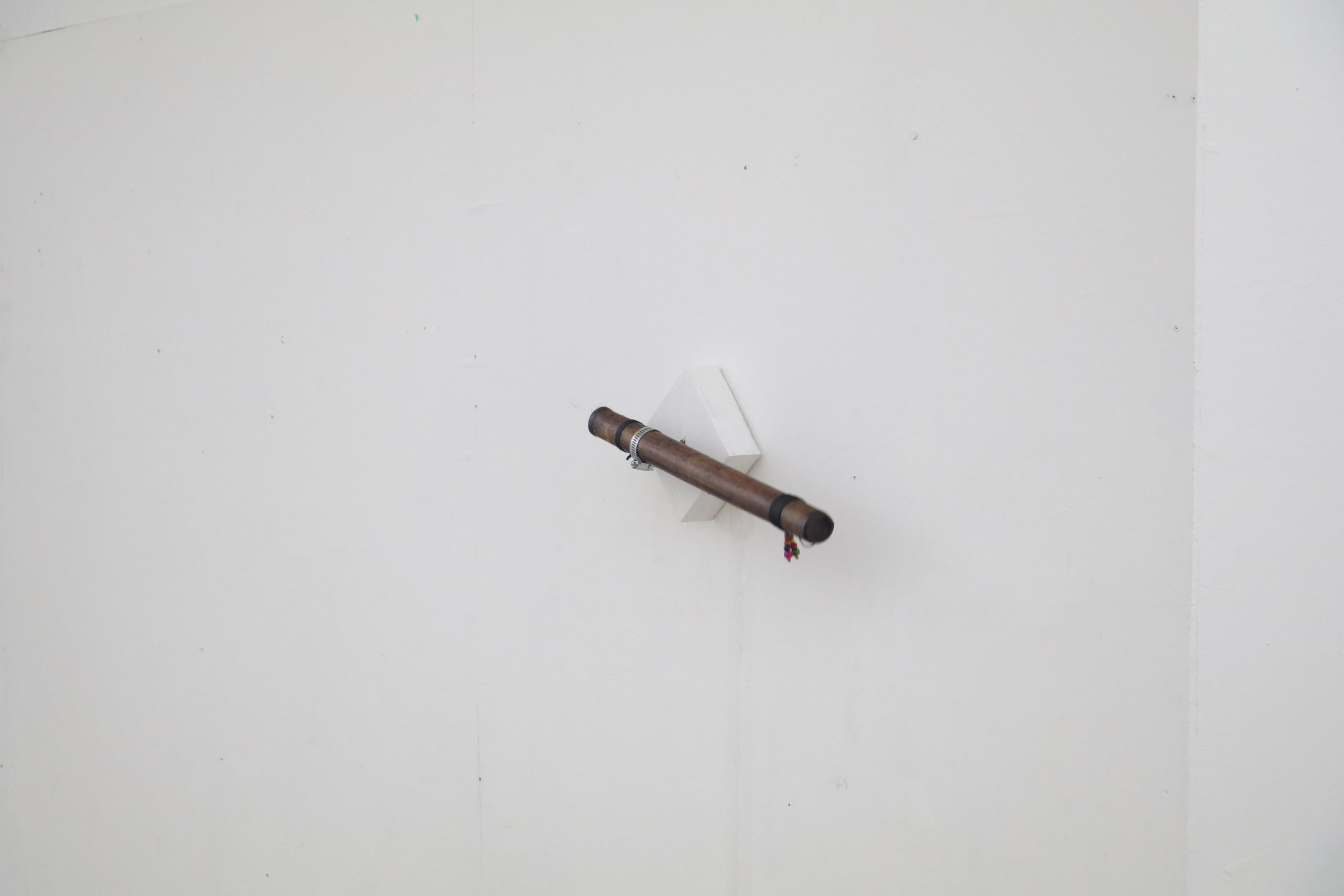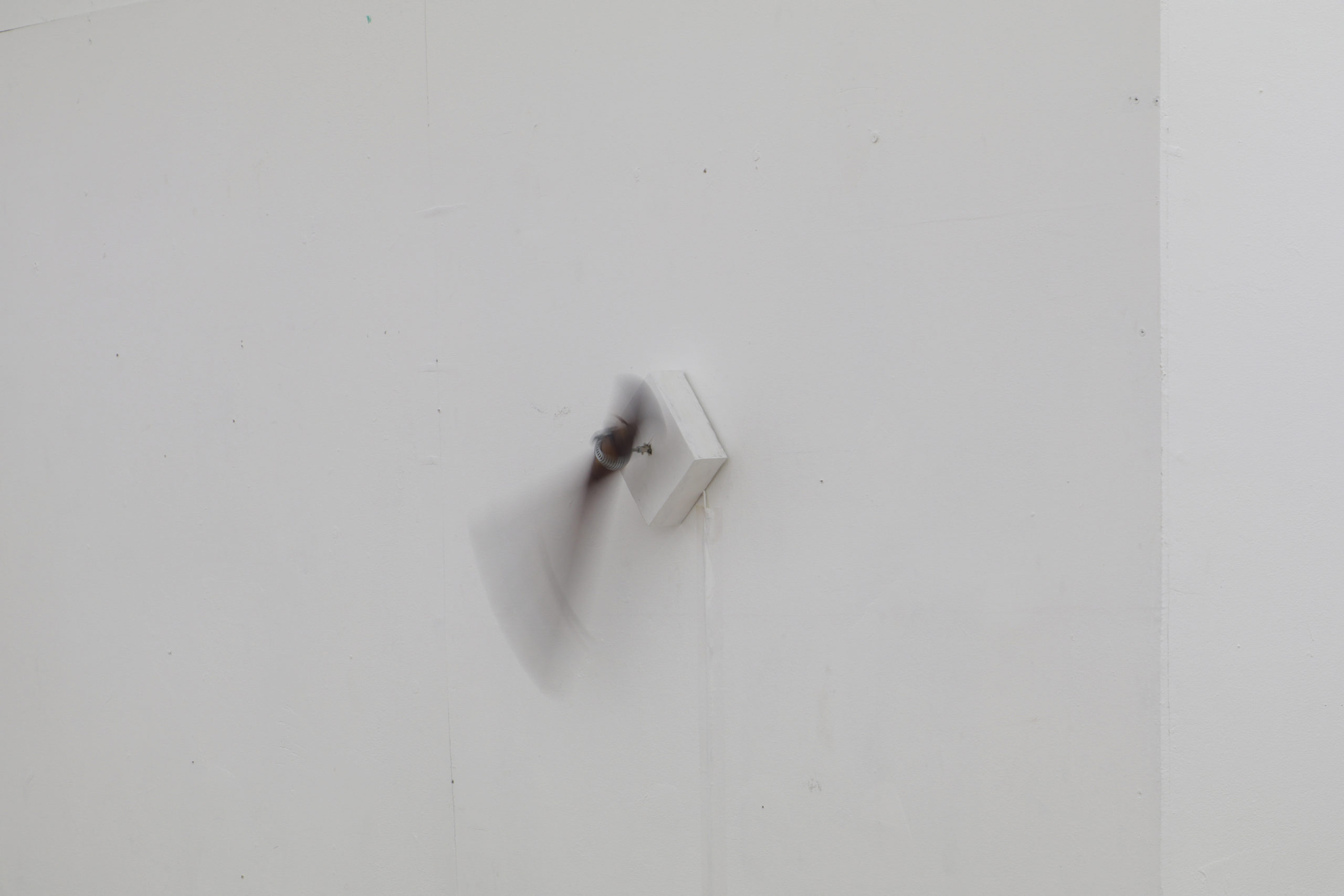Rain
ABSTRACT REASONING
To measure one’s abstract reasoning through answering a test suggests the objectivity of abstract thoughts. How can you, in all your subjectivities as an individual, be made to answer a test of shapes and lines put together only to make you choose which should come next in a sequence?
Carl Jung and his concept of the collective unconscious states that humankind has already established a structure and pattern of thinking that evolved through generation after generation. This structure only becomes concrete and observable through manifestations – what Jung would call archetypes. Common manifestations bring forth the totality of these unconscious thoughts and actions.
“No, the collective unconscious is anything but an encapsulated personal system; it is sheer objectivity, as wide as the world and open to all the world. There I am object of every subject, in complete reversal of my ordinary consciousness, where I am always the subject that has an object. There I am utterly one with the world, so much a part of it that I forget easily who I really am. ‘Lost in oneself’ is a good way of describing this state. But this self is the world, if only a consciousness could see it. That is why we must know who we are.” —C. G. Jung
You stand within a space bounded by white walls.
Among the walls of the gallery are images taken from the human body – fragmented, morphed, & juxtaposed.
As you move deeper within the space, an invisible, geometric pattern can be drawn from your mind – activated by the movement of the body and recognized through the sound of a rainstick.
A tower, straddling between the conscious and the unconscious, the imagined and the real, the temporal and atemporal.
Elsewhere: A rug, a table, a chair, a sequence of images, a story, and a figment of memory.
Two sheets of paper are suspended from the ceiling – one has a pattern; the other is composed of a gestalt of pinholes.
How will you complete the sequence?
Exhibition text by Celine Lee and Miguel Lorenzo Uy
Rain, 2019, Synchronous motor, Passive-infrared sensor, rainstick
Artist’s notes:
The collective unconscious, a term coined by Carl Jung, is an abstract concept wherein our minds have already this established structure and pattern of thinking which was developed from generation after generation. This structure only becomes concrete and observable through manifestations – what Jung would call archetypes.
The piece Rain was inspired by a YouTube lecture I’ve watched which was delivered by May Britt-Moser, an awardee of the Nobel Prize in Physiology or Medicine: for discovering cells that constitute a positioning and coordinate system in the brain: place cells. I became very interested with this revelation that the brain already has this built-in system of coordinates wherein cells “fire” or activate to send an electric shock when the body moves and navigates within a space; and with all the movements in the certain space, a noticeable, invisible pattern resembling a grid is formed within the space where the cells would usually fire. This helps the brain with creating and recording memories from where the grid cells fire.
I find the relationship of both the collective unconscious and Britt-Moser’s lecture of grid and placement cells to be similar in a way that they both exhibit an invisible, abstract pattern within our minds. Within the gallery space is a mechanism with a rainstick attached to it. The mechanism activates through a PIR motion sensor. The sensor, mounted somewhere in the gallery space, is blocked by a surface where its detection system could only sense certain places within the gallery. I chose the auditory sensation of the sound of rain to be produced every time someone would enter a spot where motion can be detected by the sensor, symbolically amplifying the “electric shock” produced by the grid cells in the brain.
This idea of having us recognize and create our own abstract patterns within our minds is similar to how we make sense out of everything we encounter in our daily lives. This piece becomes my own kind of formulated/makeshift “thought experiment” as this piece aims to become a trajectory to more propositions regarding questions and methods to how we can practice individuation – one of the main goals of analytical psychology.


Copyright © 2023. Miguel Lorenzo Uy
